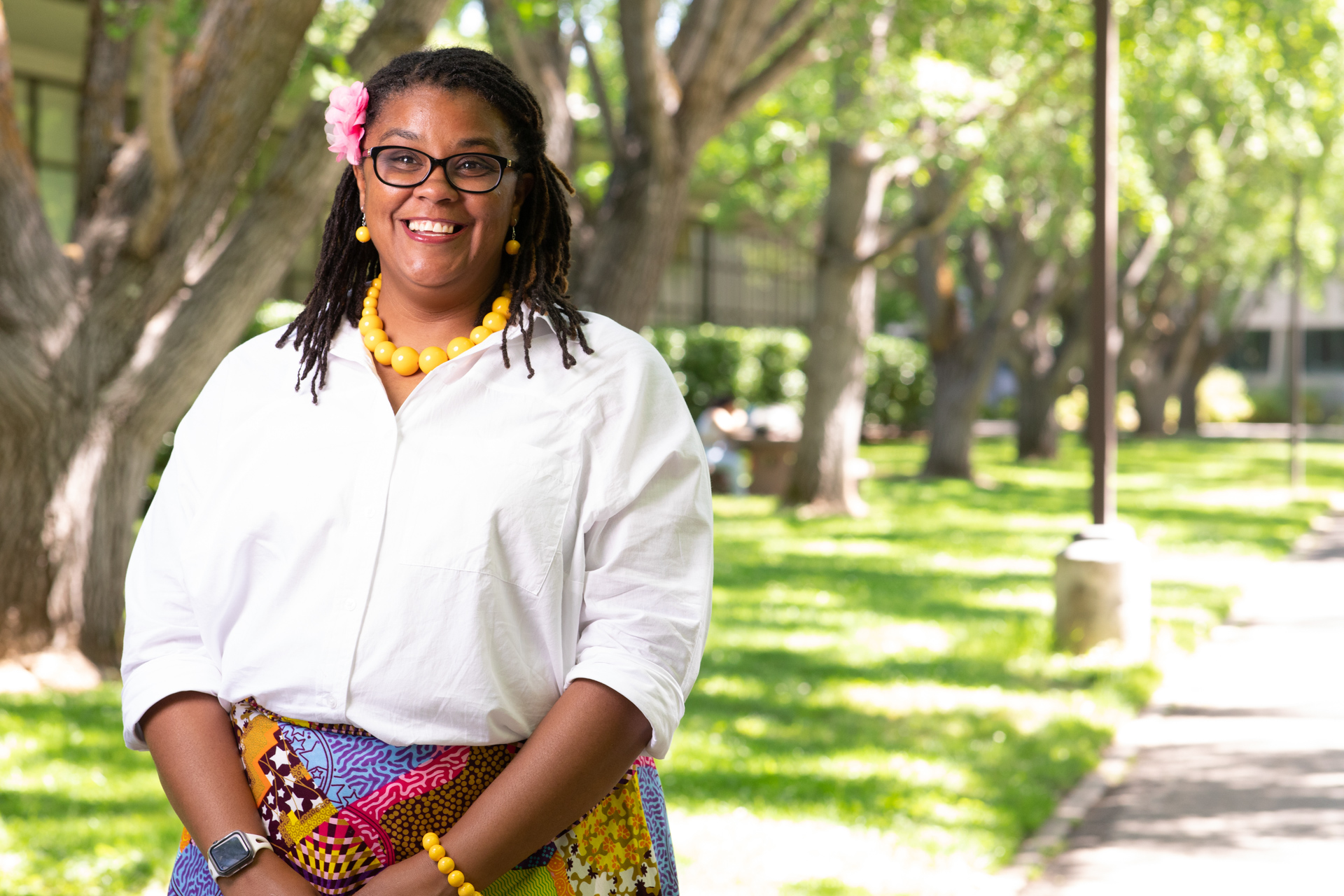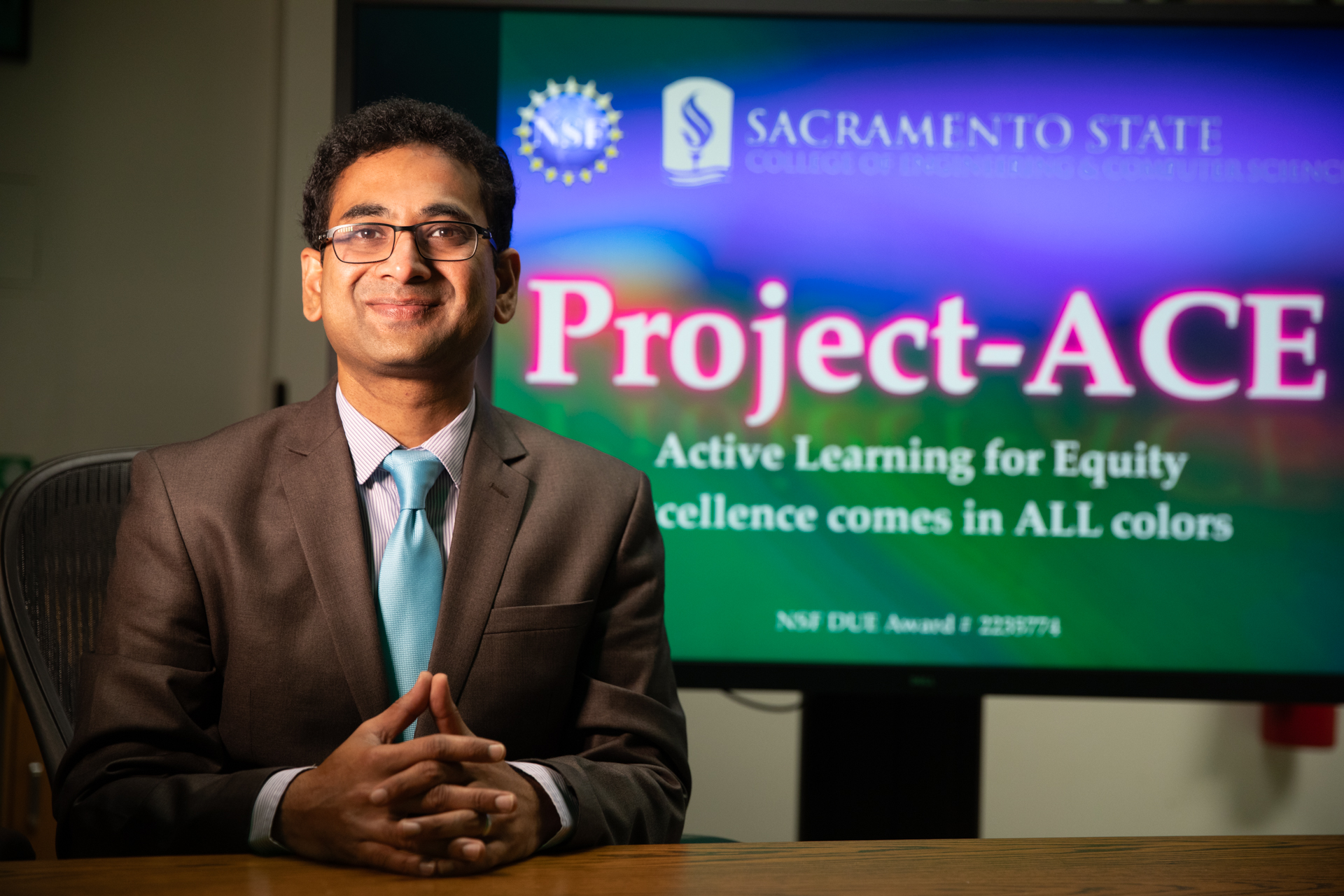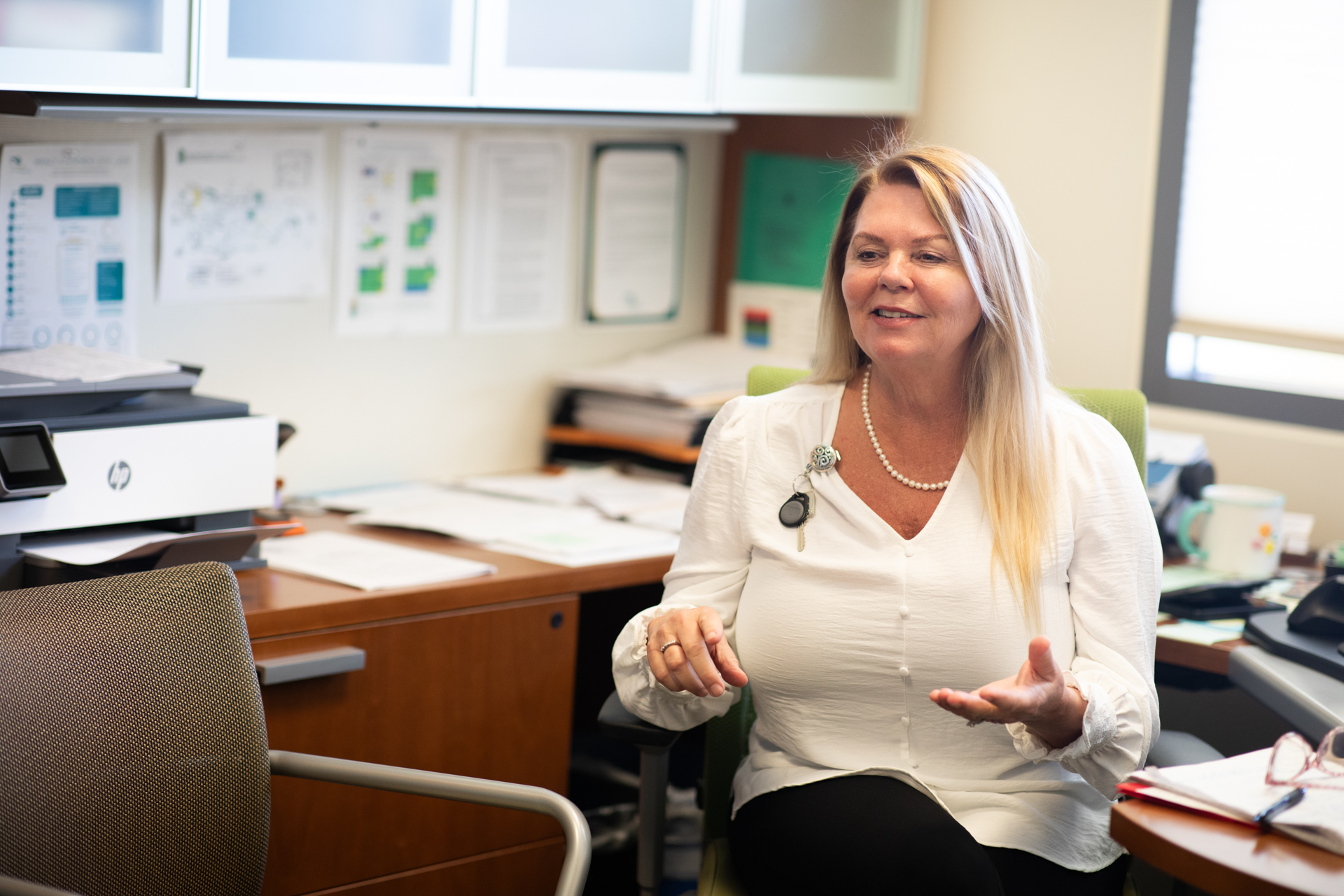Story Content
Research project uplifts Sac State student voices and drives University change
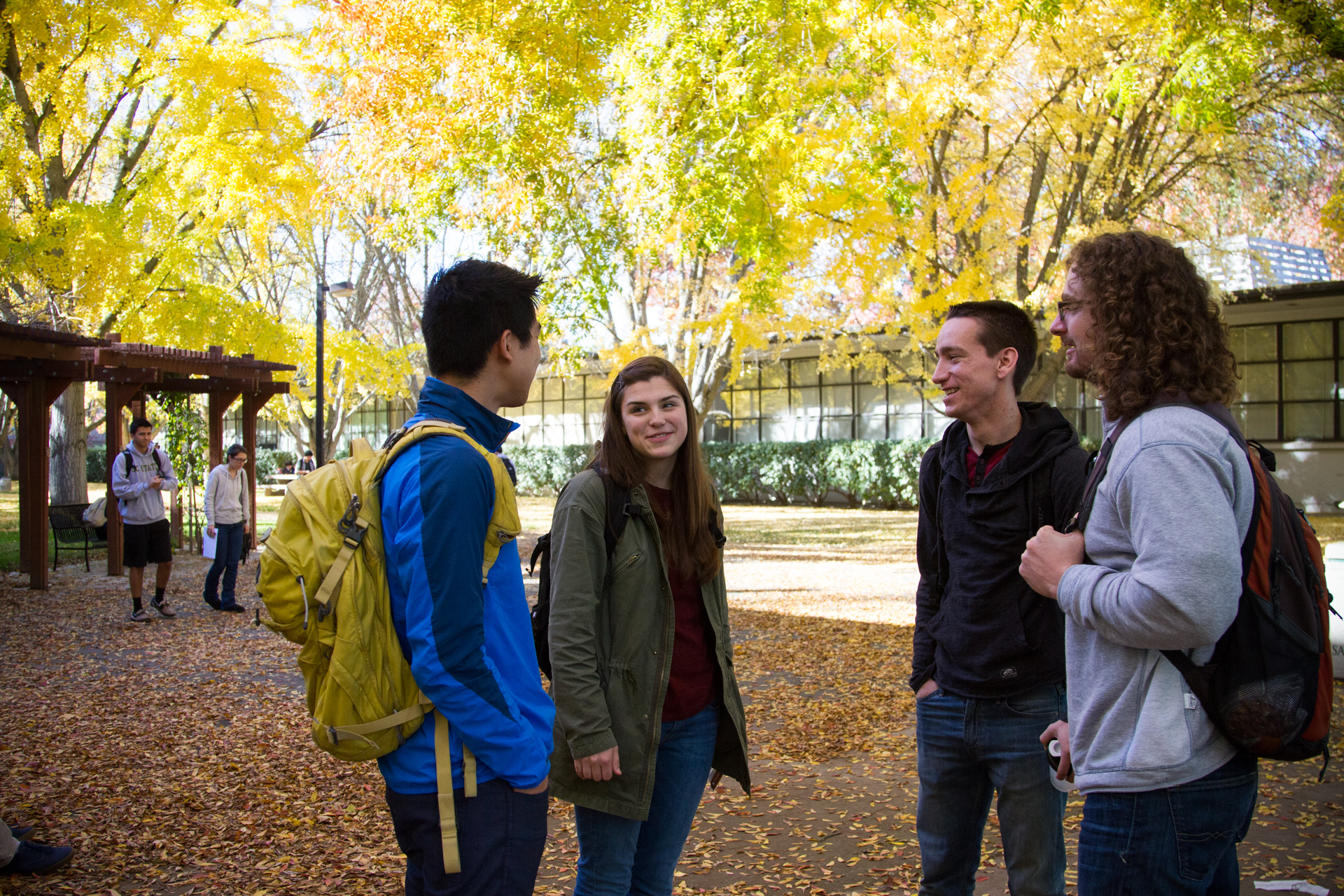
September 22, 2023
Donna Knifong asked Sacramento State students to share their struggles and triumphs, and they rewarded her with hundreds of compelling stories.
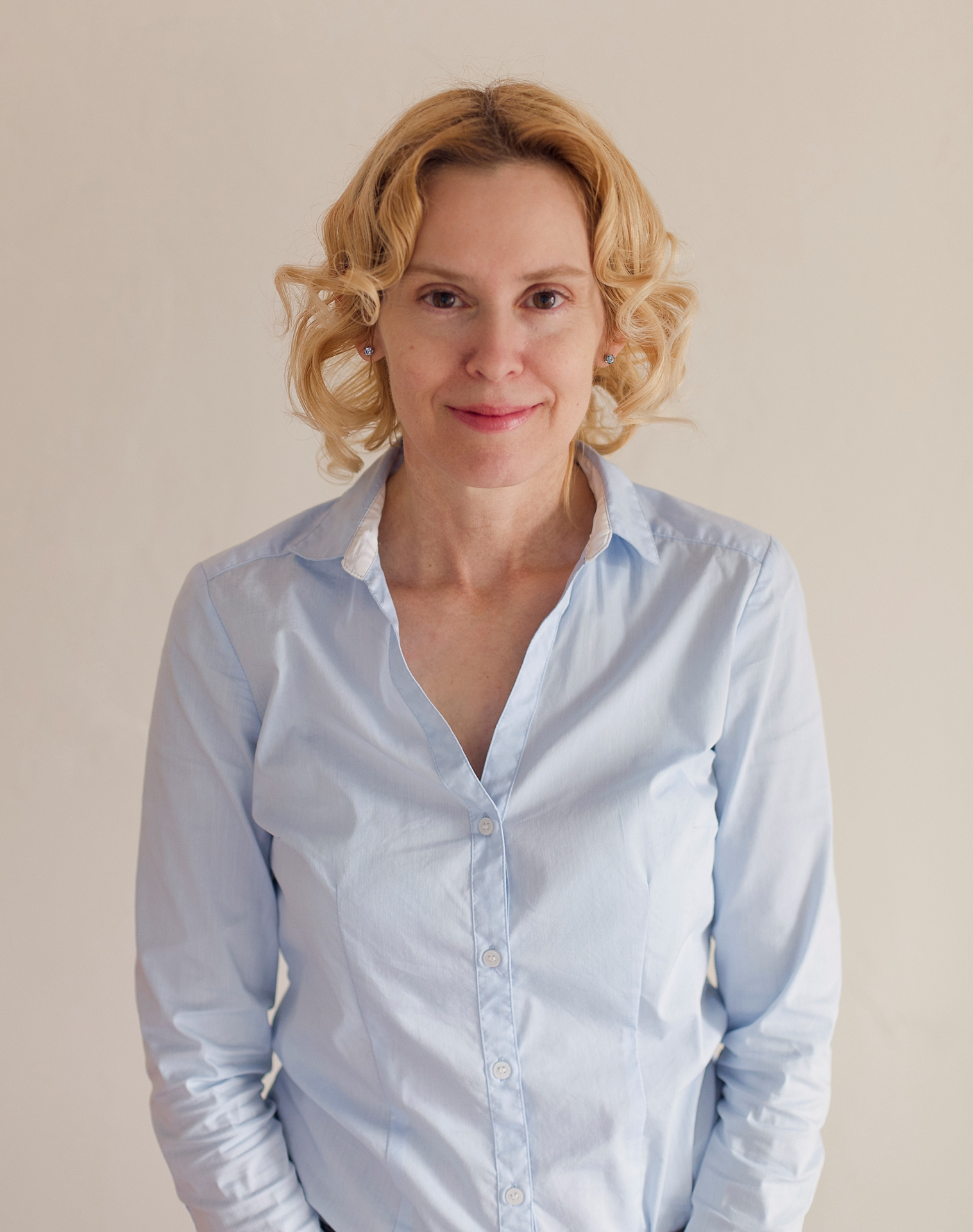
Those stories form the foundation of a project that gives voice to the University’s scholars, fosters empathy and understanding, and gains insights that are leading to positive changes and student success.
Since 2014, Knifong, a Sac State Communication Studies lecturer, has gathered thousands of responses to surveys in her “Listening to Students” project, believed to be unique among U.S. colleges and universities.
Her goals are simple.
“Very rarely do we as faculty and staff members get inside the heads and hearts of our students, to understand who they are and what they really need,” said Knifong. “These survey responses give us that opportunity.”
The anonymous online surveys ask undergraduate students about their backgrounds as well as their thoughts and feelings about their Sac State education.
Knifong posts the responses on the project website for members of the campus community to view with an eye toward “informing and inspiring them” in their interactions with students.
The current survey focuses on students who have considered leaving college, or have left but since returned. Research demonstrates that finishing college translates to more career opportunities, higher earnings and a better quality of life. Knifong wanted to know what led students to drop out, and what compelled some to return.
“If even one student leaves college who we could have prevented from doing so, that seems too many,” said Knifong.
More than 300 responses have been recorded, and the stories have added to the University’s understanding of why students drop out, said Marcellene Watson-Derbigny, associate vice president for Student Retention and Academic Success.
“This is an exceptional project,” said Watson-Derbigny. “It’s a good way to get feedback from students of all majors, all cultural backgrounds and affinities. It offers us a huge collection of information,” which is organized by groups including grade levels, student-athletes, and student parents.
The University has used the responses to tailor outreach to students who have left school or are at risk of doing so, Watson-Derbigny said. For example, many respondents have requested more mentoring and tutoring, so the University is expanding those programs and emphasizing them when contacting students.
“What surprised me the most in this latest round was the number of students who told their whole stories, page after page. They wrote their hearts out.” -- Communication Studies Lecturer Donna Knifong
In addition, Sac State’s Student Academic Success and Educational Equity Programs (SASEEP) now hosts monthly Zoom sessions to guide students who want to return to school.
“We’re implementing different strategies based on the results of the surveys,” said Watson-Derbigny. “We’re having pretty good success with it.”
Knifong’s initial survey in 2014, which asked students to write about their thoughts and feelings as Sac State scholars, received about 1,600 responses. Some wrote about new friends, joining campus groups and the joys of learning. Others described their senses of isolation and disconnection.
“Society says people of my demographic are confined to a low standard of performance,” wrote one student, who identified herself as Black and Hispanic. “However, every day I work at cracking that glass ceiling. By the time I graduate, I will have shattered it.”
“It’s difficult to be the first one in your family in college because it’s a lot of pressure,” wrote another. “As a Mexican American, I’m also driven by my cultural need to help my family. Again, a lot of pressure.”
Knifong has been startled at the level of detail that some students have provided in their responses to the current survey.
“What surprised me the most in this latest round was the number of students who told their whole stories, page after page,” she said. “They wrote their hearts out.”
One student who identified herself as a Mexican American from a rural Central Valley town said she found the college experience overwhelming at first.
“The pursuit for a future that releases me from the shackles of struggling day-to-day life is what drives me to return to college,” she said. “I hope to be able to create results with my life that aid others and create available health care to people in rural areas.”
Another respondent, a single mother, said she left Sac State to work full time but returned after receiving a message from the University encouraging her to finish her degree.
“They let me know exactly what I needed,” she said. “Turns out it was just three classes.”
Essence Bacon, a Studio Art major, left school during her junior year after becoming overwhelmed with the demands of college life. She used her time away to deal with her anxiety and regain her focus. Upon returning to campus, Bacon received critical mentoring and other services from SASEEP, and is on track to graduate this year.
“I didn’t realize how much support was available on campus,” she said.
Bacon urged others to seek out programs, friends, and mentors who can help keep them on the path toward obtaining a degree.
“Assess your life, look at the resources available and take advantage of the support system,” she said.
To view Knifong’s research, visit the Listening to Students project website.
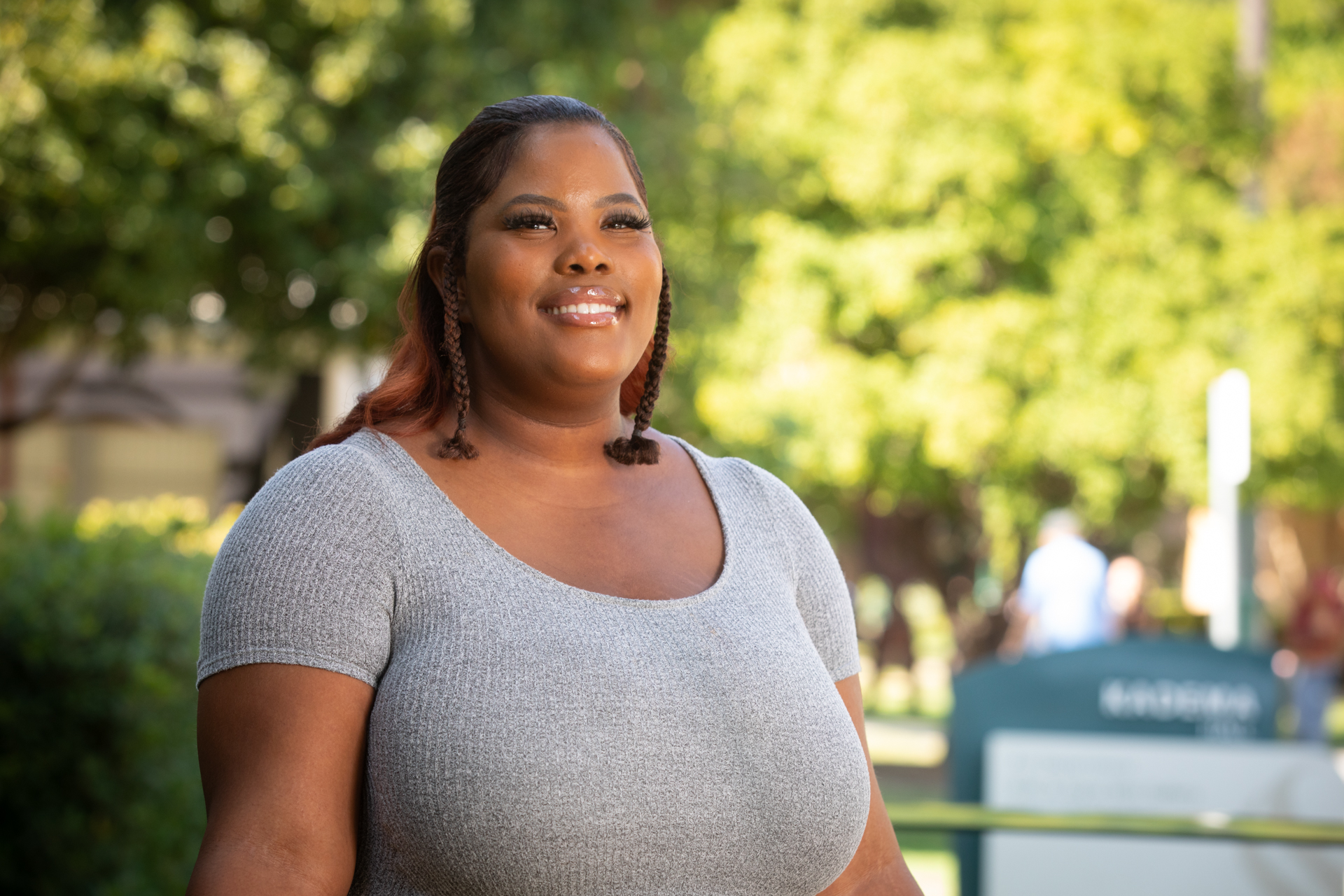
Editor's Pick
Media Resources
Faculty/Staff Resources
Looking for a Faculty Expert?
Contact University Communications
(916) 217-8366
communications@csus.edu
